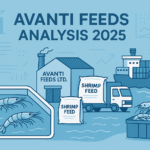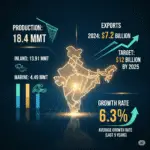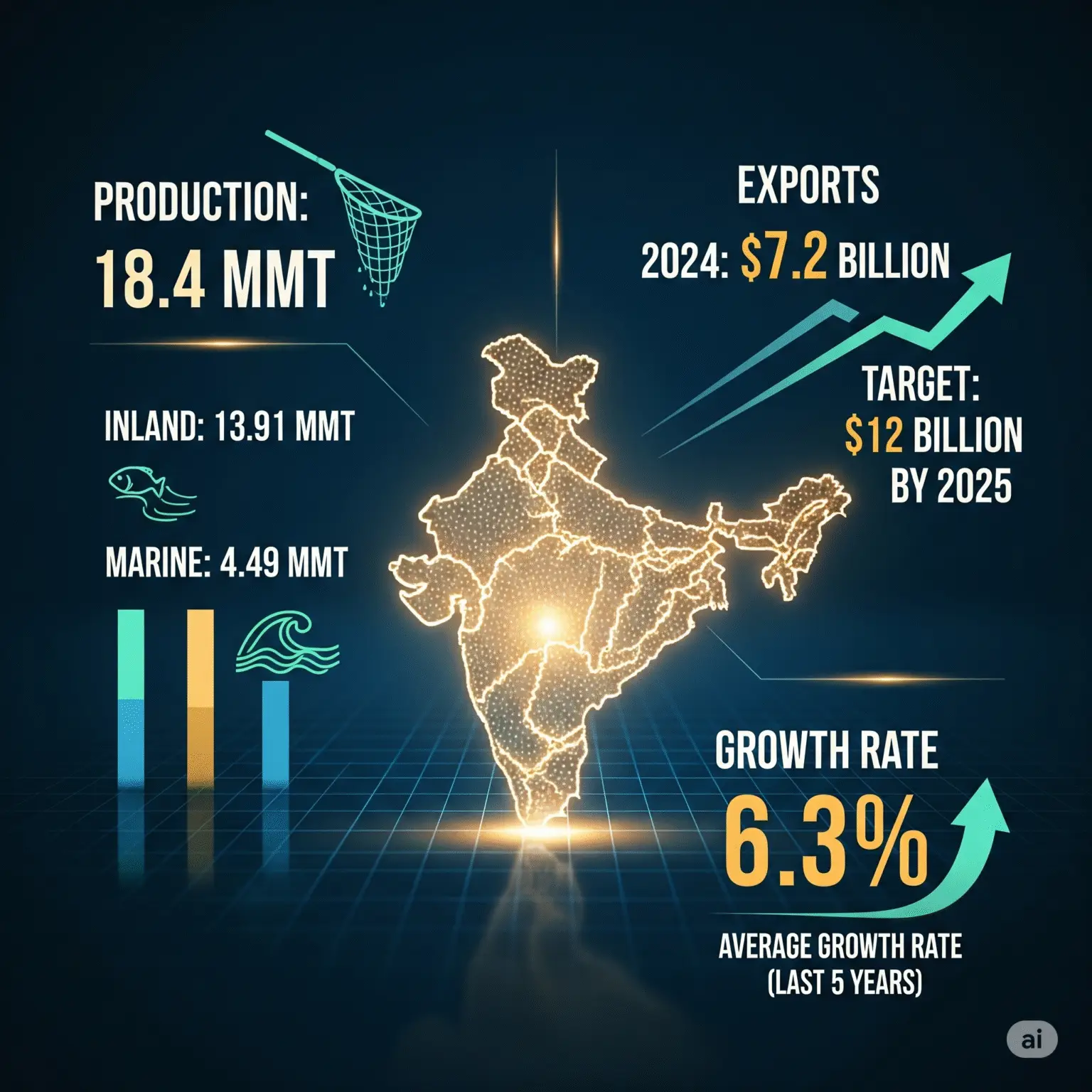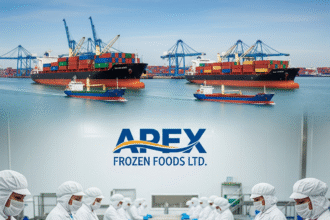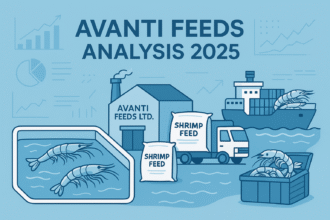How free-trade waters and value-added waves are reshaping a $7-billion export sector
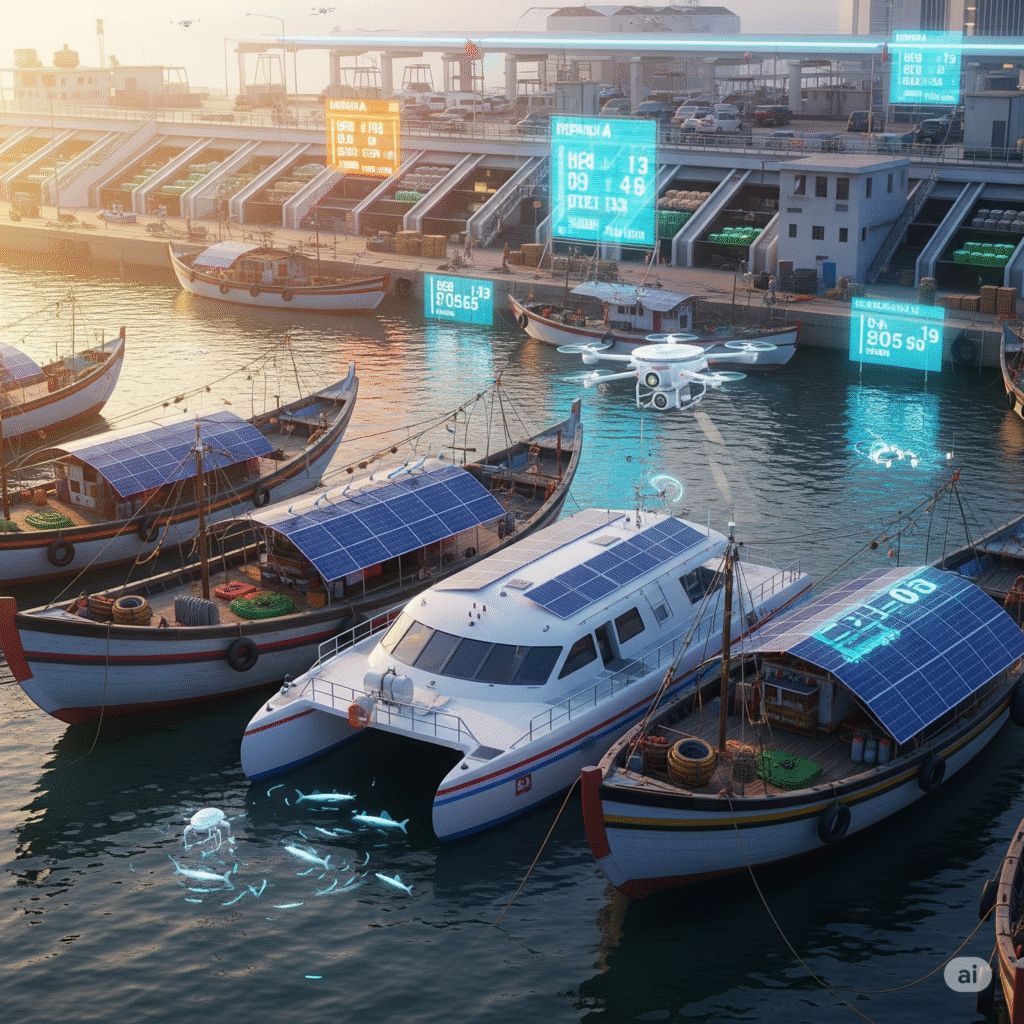
Fig 1. India’s Coastline – 7500km
1. Executive Summary
India remains among the world leaders in seafood, ranking in the top three for production and fourth globally for exports. The industry, worth over $7.2 billion in export value for FY2024-25, is export-driven, highly competitive, and rapidly adopting technology and value-addition. While growth is robust, major listed players show wide divergence in financial health, as seen in their valuations, profit margins, and capital structure. The outlook is positive thanks to strong global demand, government support, and investments in infrastructure and quality, though headwinds like international competition, margin pressure, and climate risk persist.
2. Industry Overview & Definition
- Sector: Indian Seafood industry (capture fisheries, aquaculture, processing—frozen, value-added, feed ingredients—distribution, export).
- Scope: Covers inland and marine aquaculture, wild-capture, market leaders in shrimp and fish, with a focus on export and branded value-added products.
- Products: Frozen shrimp, processed fish, value-added seafood (cooked, breaded, ready-to-eat), fish meal and oil, pet food, animal feed.
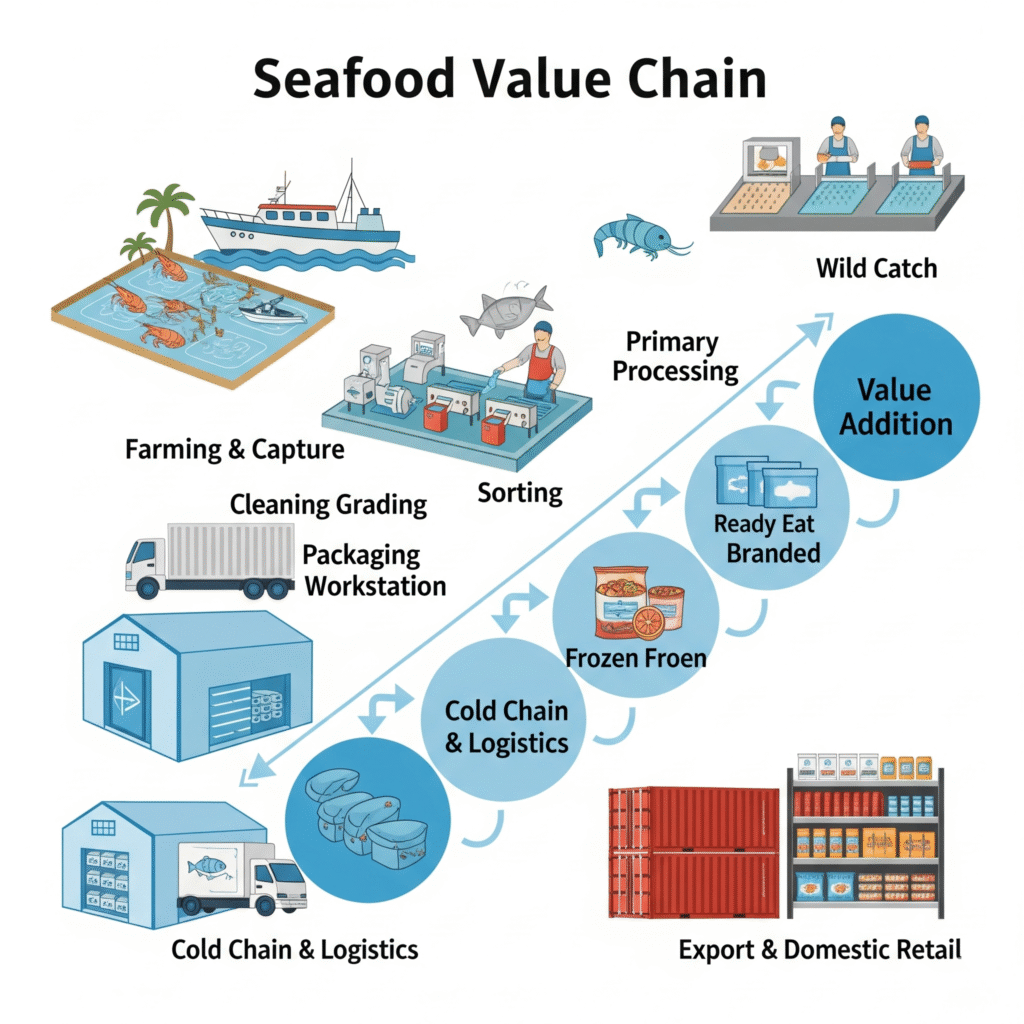
Fig 2 : Value chain of Seafood Industry
3. Market Size, Growth & Key Trends
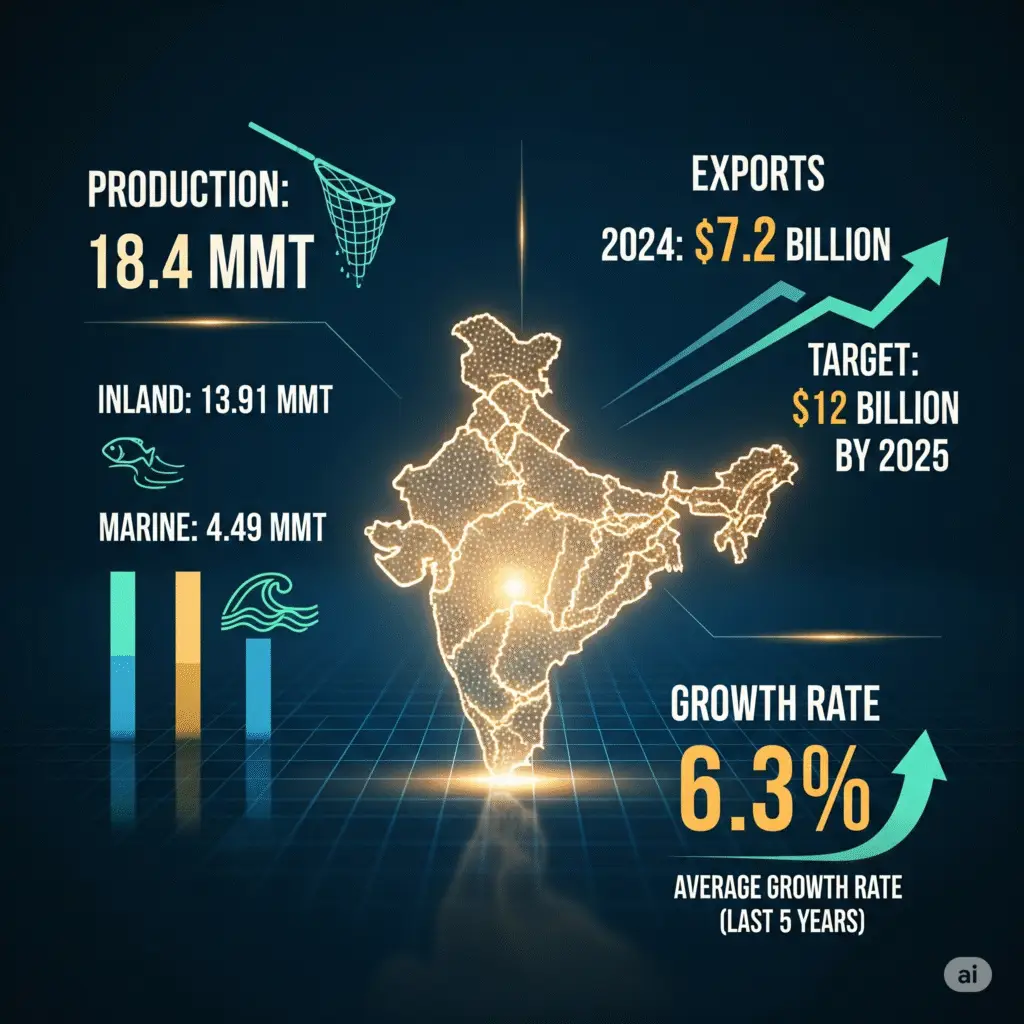
Fig 3. India’s Seafood Industry Market Size, Growth & Key trends
4. Competitive Financial Comparison: Top Listed Seafood Companies
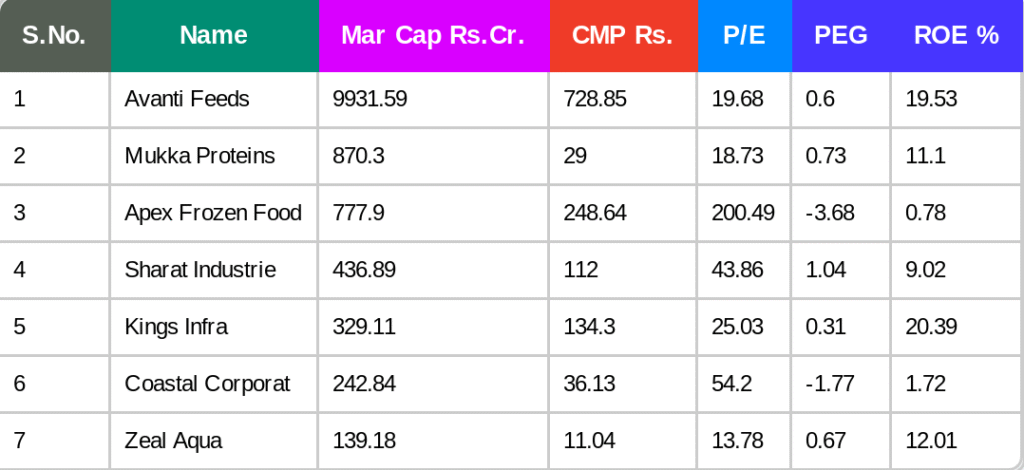
Fig 4. Top Listed Seafood Companies data
5. Porter’s Five Forces: Industry Structure
- Entry Barriers: HIGH—capital requirements, export compliance, technology, regulatory caps (e.g., fishmeal plant moratorium), need for coastal access.
- Buyer Power: HIGH—large international buyers, contracts, alternative sourcing.
- Supplier Power: MODERATE—seasonality, fragmented raw material procurement.
- Substitution Threat: MODERATE—plant/animal protein in feeds, global seafood imports, other protein sources.
- Competitive Rivalry: HIGH—many similar-scale players, thin margins, international price wars.
6. Regulatory, Policy, & Technology Landscape
- Major Laws: MPEDA standards, FSSAI, APEDA, environment/CRZ, trade FTAs.
- Govt Support: Subsidies, infra and R&D funding, export incentives.
- Digital & Tech: IoT/AI adoption in aquaculture, blockchain for traceability, automation for value addition.
- ESG: Increasing focus on sustainability, certifications (BAP/ASC/BRC/ISO), and social responsibility.
7. SWOT Analysis (Sector-Wide)
- Strengths: Export competitiveness, government support, integrated supply chain, strong product reputation, skilled workforce.
- Weaknesses: Margin vulnerability, export concentration, high working capital, disease/epidemic risk, fragmented branding.
- Opportunities: Expansion to new export markets (Asia, Middle East, UK/Europe with FTAs), value-added product growth, domestic demand rise, digital innovation.
- Threats: US/EU trade actions, commodity price swings, climate shocks, global competition (Vietnam, Ecuador, Thailand), regulatory tightening.
8. Key Success Factors
- Scale & cost leadership
- Modern, certified processing & cold chain
- Broad export reach and market diversity
- Efficient capital/risk management
- Brand and value-addition prowess
- Compliance with stringent international standards
9. Future Outlook & Final thoughts
- Growth: Sector to sustain 5–7% CAGR, with value addition and domestic consumption supplementing exports.
- Key Trends: Premiumization, digital transformation, ESG focus, new FTAs driving demand in high-value markets.
- Potential Disruptions: Disease shocks, global policy changes, climate volatility.
India’s seafood sector is export-powered and capital intensive, with clear leaders—like Avanti Feeds and Mukka Proteins—showcasing scale advantages, financial strength, and strong product focus. As the industry modernizes and leverages ongoing government support and trade liberalization, companies excelling in value addition, compliance, sustainability, and innovation are best placed to capture the next wave of growth. Investors should focus on firms that balance export success and operational efficiency with robust risk management and the agility to thrive amid global volatility.
References:
Data compiled from screener.in, Moneycontrol, company annual reports, and CRISIL/DRHP sector research as of 26 July 2025



